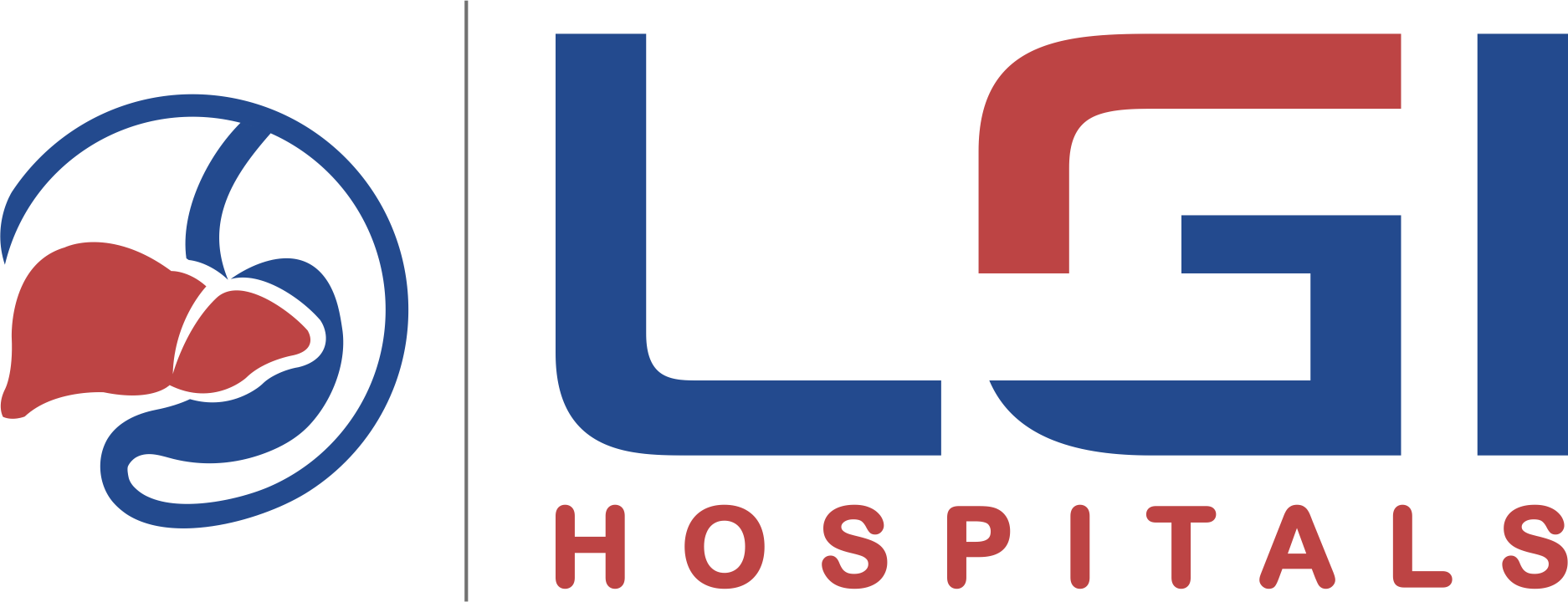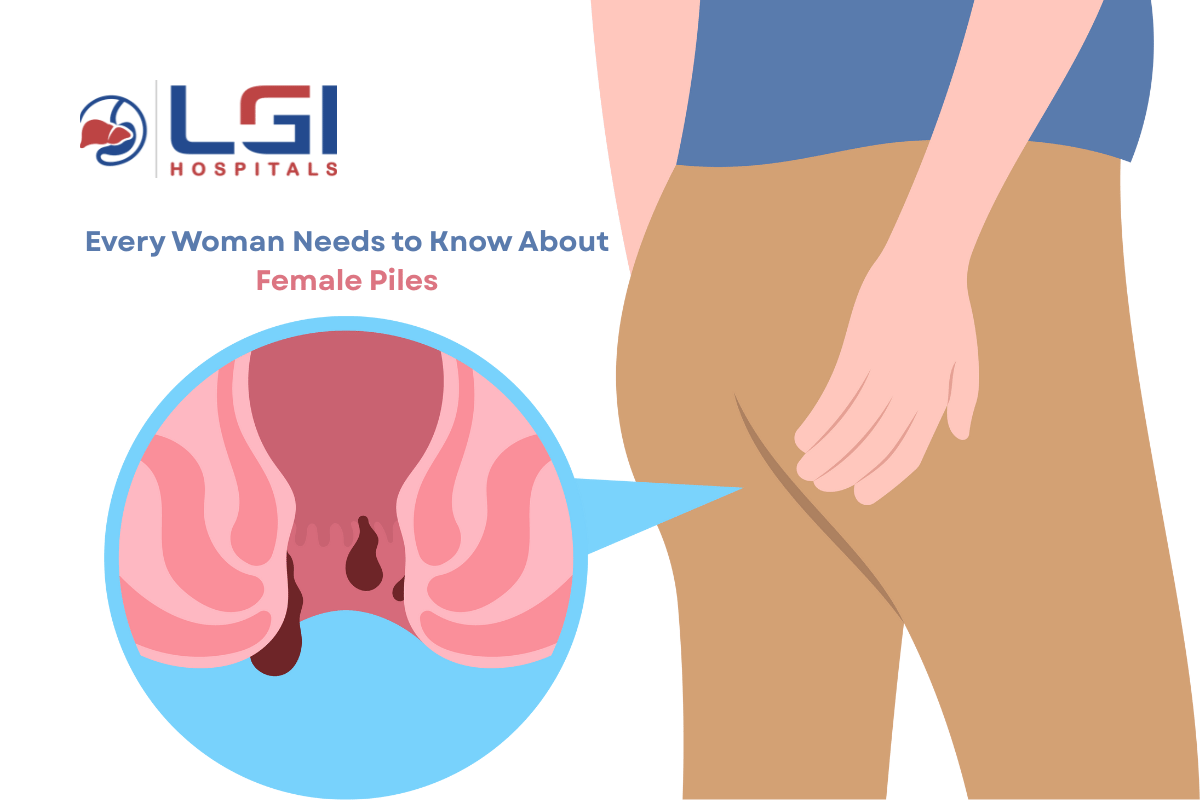Female piles, or hemorrhoids, are a common yet often under-discussed condition that affects a significant number of women, especially during key life stages like pregnancy, menstruation, and menopause. Despite the discomfort it brings, many women delay seeking help due to embarrassment, social stigma, or lack of awareness.
This blog aims to break that silence by educating women about what female piles are, what causes them, how to recognize symptoms early, and the safest and most effective ways to get rid of piles.
What Are Female Piles?
Piles, also known as hemorrhoids, are swollen and inflamed veins in the lower rectum and anus. These can develop internally (inside the rectum) or externally (around the anal opening). While both men and women can develop piles, female piles are often triggered or worsened by physiological changes unique to women, such as hormonal shifts, childbirth, and pelvic pressure.
There are two types of piles:
- Internal piles: Located inside the rectum, usually painless but may cause bleeding during bowel movements.
- External piles: Found under the skin around the anus, causing pain, swelling, and itching.
What Causes Piles in Females?
Several gender-specific factors contribute to the development of piles in women:
1. Pregnancy and Postpartum Pressure
The weight of the growing baby during pregnancy puts extra pressure on the pelvic veins, increasing the risk of hemorrhoids. Straining during childbirth can worsen or cause new piles to form.
2. Hormonal Changes
Estrogen and progesterone fluctuations during menstruation, pregnancy, and menopause can slow digestion and lead to constipation, one of the major causes of piles.
3. Chronic Constipation
Many women suffer from irregular bowel habits due to diet, stress, or iron supplements. Straining during bowel movements inflames rectal veins.
4. Sedentary Lifestyle
Sitting for long hours (especially during pregnancy or desk jobs) reduces blood circulation in the lower body, making women more prone to developing piles.
5. Obesity
Excess body weight increases abdominal pressure, contributing to the development of piles.
6. Low-Fiber Diet
Diets lacking in fruits, vegetables, and whole grains can lead to hard stools, straining, and eventually hemorrhoids.
Common Symptoms of Female Piles
Early detection is crucial. Symptoms of female piles may include:
- Pain or discomfort while passing stool
- Itching, irritation, or burning sensation around the anus
- Bright red blood on the toilet paper or in the toilet
- Swelling or a lump around the anal opening
- A feeling of incomplete bowel movement
- Mucus discharge from the rectum
- Discomfort while sitting for long periods
If you notice these signs, it is important to consult a female piles specialist without delay.
How to Get Rid of Female Piles Safely
Depending on the severity, piles can be treated through a combination of lifestyle changes, home care, and medical intervention.
1. Lifestyle and Dietary Changes
- Increase fiber intake: Include whole grains, green leafy vegetables, fruits, and legumes to soften stool and prevent straining.
- Stay hydrated: Drink at least 8–10 glasses of water daily to keep your digestive system functioning smoothly.
- Exercise regularly: Walking or yoga improves bowel movement and reduces rectal pressure.
- Avoid sitting for long hours: Take short breaks to reduce pressure on the rectal veins.
- Avoid straining: Go to the bathroom as soon as the urge arises and avoid sitting on the toilet for too long.
2. Home Remedies for Female Piles
- Sitz baths: Soak your anal area in warm water for 15–20 minutes, two to three times a day.
- Cold compresses: Apply ice packs to reduce swelling and pain.
- Topical creams and ointments: Over-the-counter or doctor-prescribed ointments can relieve itching and inflammation.
3. Medical Treatment Options at LGI Hospital
If conservative methods do not bring relief, medical treatment is necessary. At LGI Hospital, we offer:
- Proctology consultation: Expert evaluation by piles specialists
- Medication therapy: Oral and topical medications for symptom relief
- Non-surgical procedures:
- Rubber band ligation: Cuts off blood flow to the pile, causing it to shrink
- Sclerotherapy: Injection of a solution to shrink hemorrhoids
- Rubber band ligation: Cuts off blood flow to the pile, causing it to shrink
- Laser piles surgery: A painless, daycare procedure with fast recovery—especially beneficial for women during or after pregnancy
When Should Women See a Doctor for Piles?
- If bleeding persists for more than a week
- If the pain interferes with daily activities
- If you notice a painful lump near your anus
- If there is pus or signs of infection
- If home remedies are not working
Delaying treatment can lead to complications like thrombosed hemorrhoids, fissures, or anal abscesses.
Consult LGI Hospital – Trusted Female Piles Specialist in Nagpur
At LGI Hospital, we understand the sensitivity and discomfort women experience with piles. Our female piles treatment program is designed to offer personalized care, advanced treatment options, and complete privacy. Our team of experienced proctologists and colorectal surgeons specialize in diagnosing and treating female piles with compassion and precision.
Whether you are a new mother dealing with postpartum hemorrhoids or facing chronic piles due to lifestyle factors—help is just one appointment away.
Book a Consultation Today
If you are searching for female piles treatment in Nagpur, visit LGI Hospital—a name trusted by thousands of women for expert care and permanent relief.

